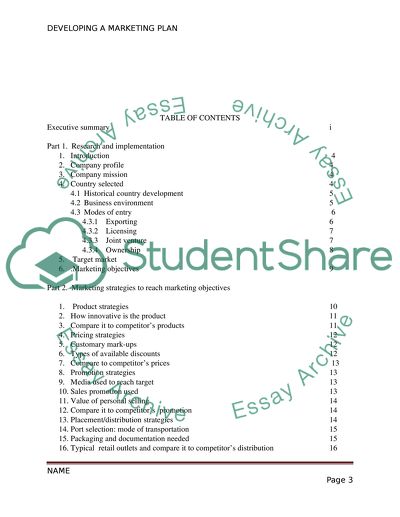Cite this document
(“Marketing plan Essay Example | Topics and Well Written Essays - 3000 words - 2”, n.d.)
Marketing plan Essay Example | Topics and Well Written Essays - 3000 words - 2. Retrieved from https://studentshare.org/marketing/1688929-marketing-plan
Marketing plan Essay Example | Topics and Well Written Essays - 3000 words - 2. Retrieved from https://studentshare.org/marketing/1688929-marketing-plan
(Marketing Plan Essay Example | Topics and Well Written Essays - 3000 Words - 2)
Marketing Plan Essay Example | Topics and Well Written Essays - 3000 Words - 2. https://studentshare.org/marketing/1688929-marketing-plan.
Marketing Plan Essay Example | Topics and Well Written Essays - 3000 Words - 2. https://studentshare.org/marketing/1688929-marketing-plan.
“Marketing Plan Essay Example | Topics and Well Written Essays - 3000 Words - 2”, n.d. https://studentshare.org/marketing/1688929-marketing-plan.


